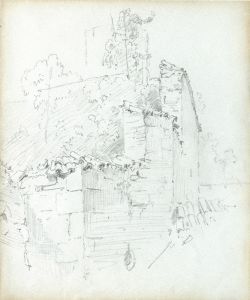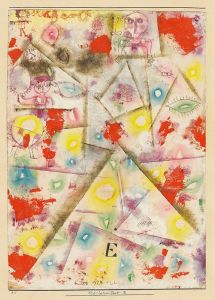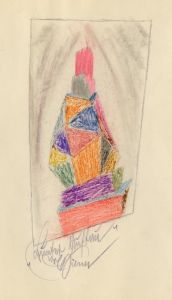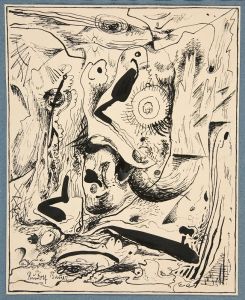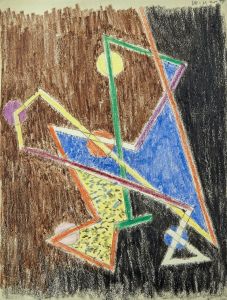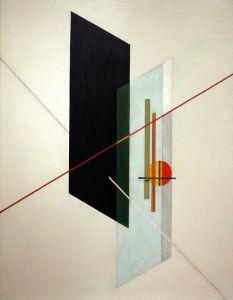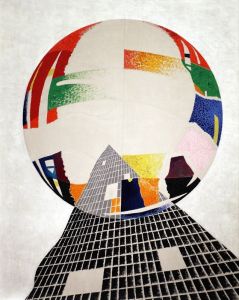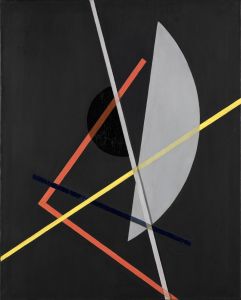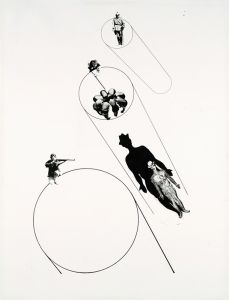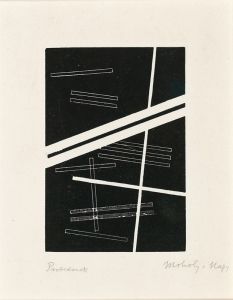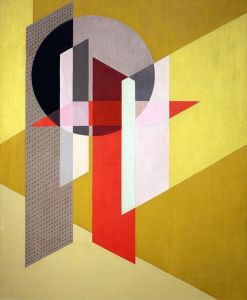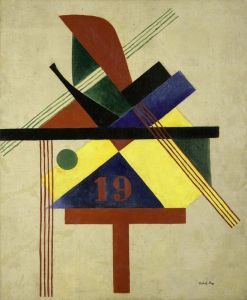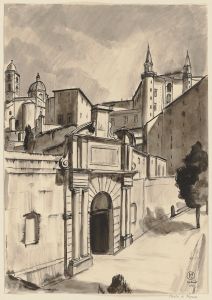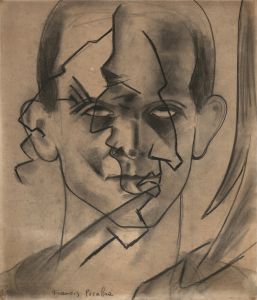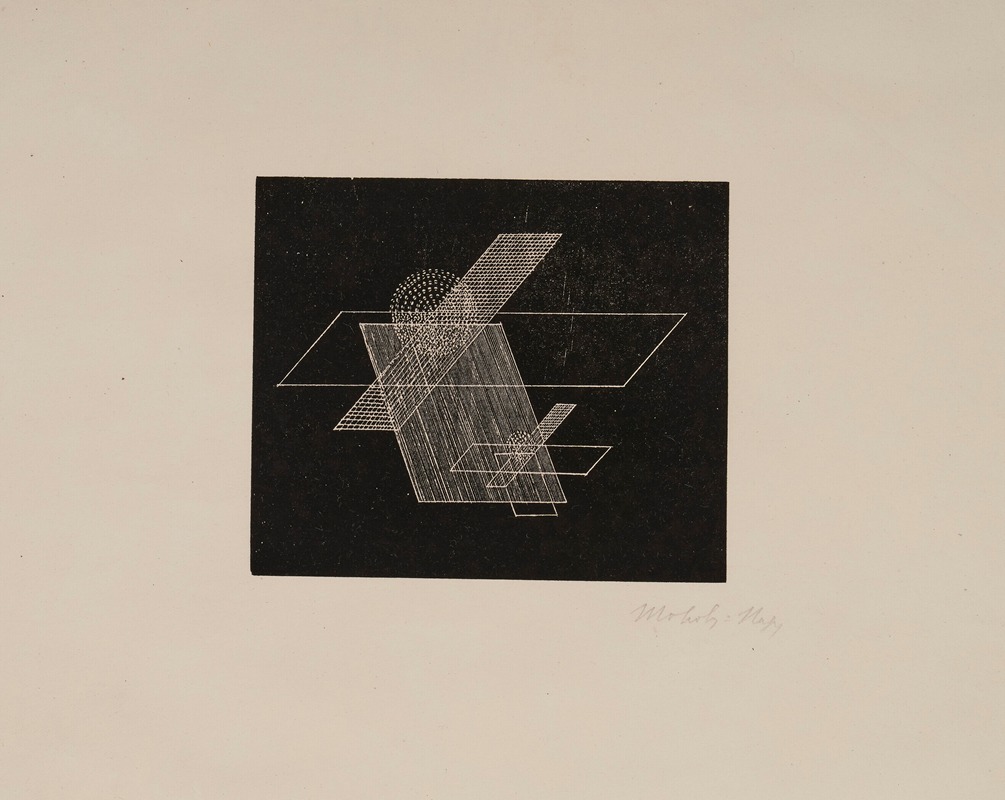
Composition No. 2
A hand-painted replica of László Moholy-Nagy’s masterpiece Composition No. 2, meticulously crafted by professional artists to capture the true essence of the original. Each piece is created with museum-quality canvas and rare mineral pigments, carefully painted by experienced artists with delicate brushstrokes and rich, layered colors to perfectly recreate the texture of the original artwork. Unlike machine-printed reproductions, this hand-painted version brings the painting to life, infused with the artist’s emotions and skill in every stroke. Whether for personal collection or home decoration, it instantly elevates the artistic atmosphere of any space.
László Moholy-Nagy's Composition No. 2 is a work by the Hungarian artist and Bauhaus teacher, who is widely recognized for his contributions to modern art and design in the early 20th century. Moholy-Nagy was a pioneer of abstract art and a key figure in the Constructivist movement, which emphasized geometric forms, industrial materials, and the integration of art with modern technology.
Composition No. 2 exemplifies Moholy-Nagy's interest in abstraction, geometry, and the interplay of light and space. The artwork reflects his exploration of dynamic compositions, often characterized by overlapping shapes, lines, and forms that create a sense of movement and balance. Moholy-Nagy's approach was deeply influenced by his belief in the unification of art and technology, as well as his commitment to creating art that was accessible and relevant to the modern industrial age.
While specific details about the creation date and medium of Composition No. 2 are not widely documented, it is consistent with Moholy-Nagy's broader body of work, which frequently incorporated techniques such as painting, photomontage, and graphic design. His works often utilized a limited color palette, with an emphasis on primary colors, black, white, and shades of gray, to emphasize form and structure.
As a teacher at the Bauhaus, Moholy-Nagy played a significant role in shaping modern art and design education. His theoretical writings and artistic practices emphasized the importance of experimentation and the use of new materials and technologies. This philosophy is evident in works like Composition No. 2, which reflect his innovative approach to art-making.
Today, Moholy-Nagy's works, including Composition No. 2, are celebrated for their forward-thinking vision and their influence on subsequent generations of artists and designers. His legacy continues to be studied and appreciated in the context of modern art history, particularly within the framework of Constructivism and the Bauhaus movement.
Further details about Composition No. 2 may be found in museum collections or archives that house Moholy-Nagy's works, though specific information about this piece remains limited in publicly available sources.





